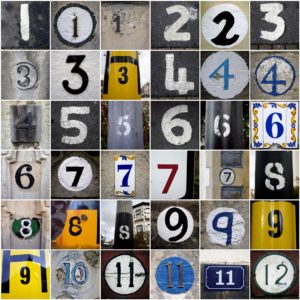 April is the month that packages usually arrive, over-wintered colonies need attention, nectar and pollen sources are abundant, and swarming is to be expected.
April is the month that packages usually arrive, over-wintered colonies need attention, nectar and pollen sources are abundant, and swarming is to be expected.
Honey stores in surviving hives can be checked merely by lifting one end of the hive to estimate its weight. Colonies short of food will be very light and easy to lift. If the outside temperature is above 55 and the bees are flying briefly open the hive to check the honey stores. If 2 or 3 frames close to the sides of the hive are full of honey, supplementary feeding is probably not necessary. Check the hives again in two weeks. If honey stores are low then begin feeding with a 1:1 syrup.
Educate yourself about installing a package. One popular method is to empty the package over the frames of the brood box. A second method is to place an empty hive body on top of the brood box and lay the open package on its side over the bottom hive body and then the outer cover.
It isn’t unusual in the northwest to have cold snaps or several days of steady rain in which case the bees cannot forage so it is important to feed them honey or a 1:1 syrup. Either can be provided via a frame feeder, inverted jars of syrup above the inner cover or a Boardman feeder. Robbing also occurs so use an entrance reducer at each hive. Feed until the brood nest (2 deeps or 3 westerns) are fully drawn.
If medicating for mites in the spring, remove the product per manufacturer’s directions before supering so that honey is chemical free. Our climate makes autumn a much better time to medicate.
Plan ahead by researching what to do with weak colonies that survived the winter. Options include combining weak hives, adding a swarm or a queenless package ; requeening; or adding 1 or more frames of capped brood. Capped brood should be added only if the population is sufficient to care for the brood.
Consider increasing bee forage in your garden or apiary. PSBA offers a list of perennials, annuals, trees, and shrubs that are of interest to honey bees.
Nectar Sources in April include dandelion, clover, maple, raspberries, heather, and apple. Pollen is supplied by Scotch Broom, crocus, and alder. In addition, refer to “Bee Lunch by Jeff Steenbergen on the PSBA Buzz.
*Broodnest Facts:
The queen is fed every 20 -30 minutes at peak brood rearing.
Queen larvae grow 1500 – 1700 times the weight of the egg.
* This statistic source is from “The Beekeeper’s Handbook” by Sammataro and Avitabile